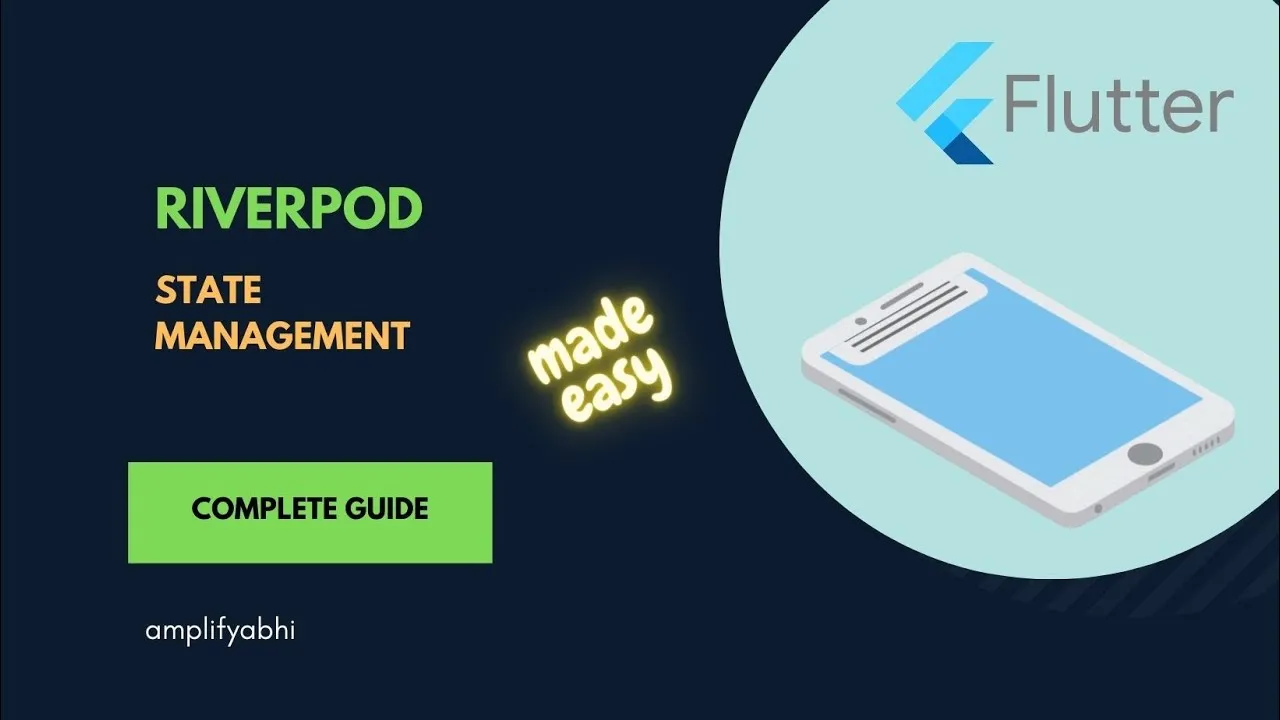Riverpod is a powerful state management library for Flutter apps. It provides a number of features that can help you build more efficient and user-friendly apps, such as dependency injection, providers, and state notifiers.
In this article, we'll share some tips, tricks, and best practices for mastering Flutter Riverpod. We'll cover everything from the basics of Riverpod to more advanced topics such as dependency injection and state management.
#Flutter #Riverpod is a state management solution for Flutter applications that offers a simple and efficient way to manage the application's state. It is built on top of the Provider package, which is one of the most popular state management solutions for Flutter.
Riverpod offers a number of advantages over other #statemanagement solutions. For example, it offers automatic disposal of state objects, which helps to prevent memory leaks and improve performance. It also supports dependency injection, which makes it easy to manage dependencies in your application.
One of the key benefits of using Riverpod is that it provides a clear separation of concerns between the presentation layer and the business logic layer of your application. This makes it easier to manage and test your code, and it also makes it easier to maintain your application over time.
If you're new to Flutter Riverpod, there are a number of tutorials and resources available online to help you get started. These resources will walk you through the basics of setting up and using Riverpod in your Flutter application, and they will also provide tips and best practices to help you get the most out of this powerful state management solution.
